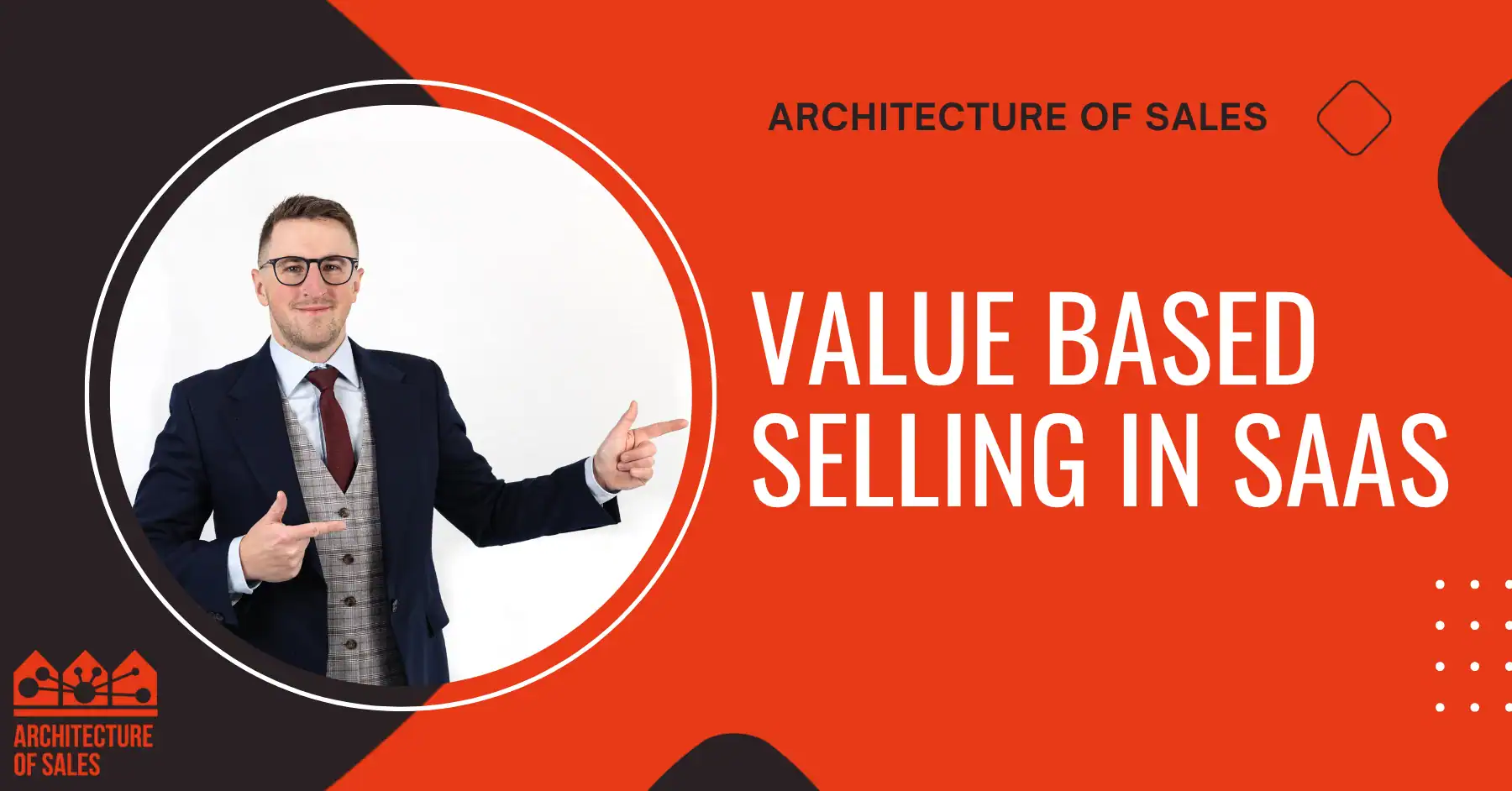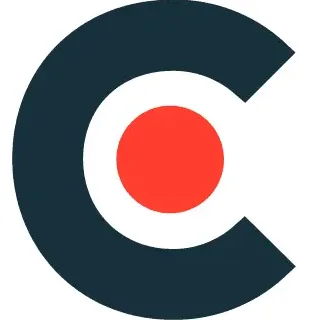I love the quote from Warren Buffet: “Price is what you pay, value is what you get.” It’s a strong sentence when you think about it — and one of the fundamental principles to keep in mind during a SaaS sales demo.
Discovery Phase: Ask, Don’t Assume
First of all, don’t assume what the customer might need or what is important to them. Ask the right questions instead. Your goal is to understand:
-
What motivates them
-
Why they came to the meeting
-
What they want to learn or achieve
-
What their pain points are
Many people call this stage the discovery phase.
You need to understand what your customer is looking for and why they’re looking for it. Believe me — nobody wakes up thinking, “I want to check out this SaaS tool.” There’s always a reason, a driver behind the meeting. Identifying that motivation is key — it’s where the real value lies. And around that, you’ll build your pitch.
To do it right, you need to understand the problem and the motivation behind it, then confirm your understanding with the customer. The moment they know you “get it,” you build the first level of trust.
For example, when we speak to our clients, their goals are often very different. Sometimes, success means entering a new market, improving their position with investors, gaining more time, or getting a head start in a fast-growing industry. Other times, they just want to check whether Poland is the right fit for their business. They might approach us for a few months of cooperation, simply to validate the market before investing more.
During the discovery phase, confirm the value your customer is hoping to get from your solution. Do it more than once. Then, during the demo, show or explain clearly how you deliver that value. That’s when you stop being “just another salesperson” and become a trusted advisor.
The SaaS Demo Show: Keep the Attention Going
Everyone knows the quote “the show must go on” from Queen. But for SaaS demos, I prefer to say: “attention must go on.”
Keep the conversation alive. People love dialogue, and they appreciate being listened to — especially by someone who can actually help.
You only get one chance to make a first impression, so prepare for different scenarios.
Let’s be honest: 99% of sales pitches I’ve had as a customer were boring. There’s nothing exciting about someone starting with their background, company story, or a long list of features. Nobody cares about that at the beginning. It’s fine to mention it — but only after you’ve made it to the shortlist. Not in the first few minutes.
In today’s world of social media, smartphones, and remote work, you’re competing with a thousand distractions. If you get 30–60 minutes of someone’s undivided attention — don’t waste it.
What customers care about at the start is whether there’s a match with their expectations. Can you help solve a specific problem? That’s what drives 99% of early conversations.
Once you complete the discovery phase, begin your show.
Make It About Them, Not You
Focus on the pain points and motivators you uncovered earlier. This is your moment to go deeper — explore the real consequences of the problem and the benefits of solving it. Ideally, show them similar cases, talk about their industry, and if possible, include their own data in your demo.
People love talking about themselves. And when they find someone who truly understands their business, they’ll want to maintain that relationship — because it’s rare.
Two Tools We Use at Architecture of Sales
If you’re not sure how to get started, here are two methods we use in our agency that help structure both discovery and demo phases:
1. TAYA – They Ask, You Answer
A method by Marcus Sheridan. Simply put:
-
Write down every question and objection customers ask
-
Prepare clear answers and examples
-
Use these in demos and content
2. MIRO Board with 6 Key Sections
Each SDR prepares a MIRO board with:
- Market Value Proposition
- Ideal Customer Profile
- Buyer Persona
- Pain Points
- Unique Selling Point
- Feature Mapping
Example for Architecture of Sales:
-
Persona: Sales Director at a SaaS company (11–50 employees)
-
Pain Point: Lack of time and no knowledge of the Polish language
-
Value Prop: Save time with a dedicated Polish-speaking rep who handles prospecting and supports during meetings
-
USP: Local sales rep representing the client in Poland
You can do the same for each persona and product. It also helps to prepare a Q&A section with mapped features — so your team always knows what to show during the sales demo.
Discovery Questions You Can Ask
Here are some sample questions you can use at the beginning of the SaaS demo:
Discovery Questions
1. What solution are you looking for?
a. Tell me more about your situation
b. Why are you looking for a solution like this?
2. Is there anything specific you want to see or understand?
3. What do you expect from our meeting?
a. What kind of value are you looking for?
4. What problem or challenge are you hoping to solve?
a. How valuable would it be to solve it?
b. What impact would this have on your business or life?
c. Who else in your company is involved in this challenge?
5. What are your main pain points?
Summary
To run an effective SaaS sales demo, focus on these essentials:
-
Start with discovery, not assumptions – Ask the right questions to understand the customer’s motivations, pain points, and goals.
-
Value first, features second – Show how your solution solves real problems. Don’t lead with features.
-
Tailor your demo – Use relevant examples, industry-specific language, and, if possible, the customer’s own context or data.
-
Keep it a conversation – Listen actively, confirm what you’ve heard, and make space for dialogue.
-
Build trust through understanding – When the customer feels understood, you stop being a seller and become an advisor.
-
Prepare smart – Use tools like TAYA and MIRO to map value, personas, and objections in advance.
Want to Enter the Polish Market with Confidence?
If you’re planning to grow your SaaS business in Poland, we can help. From tailored sales demos to local prospecting and market validation — we know how to turn first calls into real traction.
→ Let’s talk. We’ll show you what works on the Polish market.
Dominik Wantuch
I am dedicated to facilitating your entry into the Polish market. At Architecture of Sales, my team and I are committed to enhancing your visibility and boosting sales in Poland through the following strategies:
- Market Validation Activities - We conduct comprehensive market research, analysis, SWOT assessments, competitor evaluations, and direct customer interviews to validate your market approach.
- Lead Generation - Utilizing both outbound and inbound methods, including various Sales Development Representative (SDR) prospecting techniques, we generate high-quality leads to drive your sales pipeline.
- Sales and Marketing Support - Acting as your local sales and marketing department, we adeptly represent your brand to customers, providing comprehensive support to strengthen your market position.
- Business Partner Identification - Whether identifying a local partner or developing an effective affiliate program, we assist in establishing valuable collaborations to optimize your market presence.
While our primary focus is on B2B SaaS companies, we are also open to collaborating with hardware-selling enterprises. For instance, we have successfully sold SaaS solutions, including ERP systems, to diverse sectors such as manufacturing, construction, retail, IT, HR, and EHS management.
Newsletter
Subscribe for more
Subscribe to our newsletter to get unique insights into the Polish market.
No strings attached, you can unsubscribe anytime. For more details, review our Privacy Policy.








